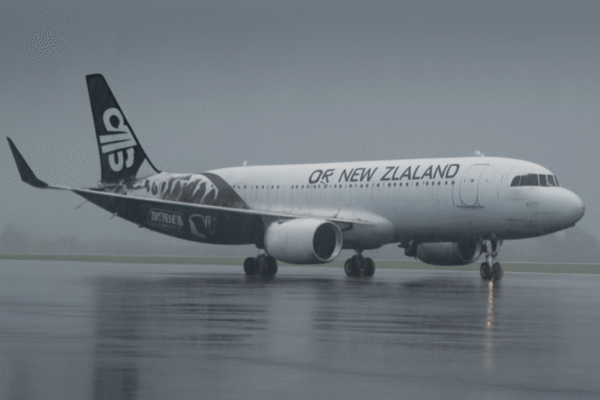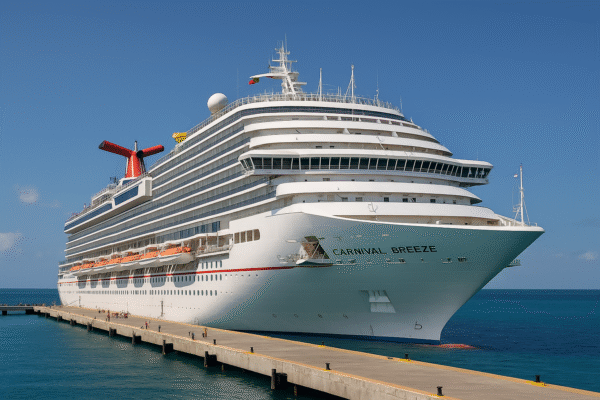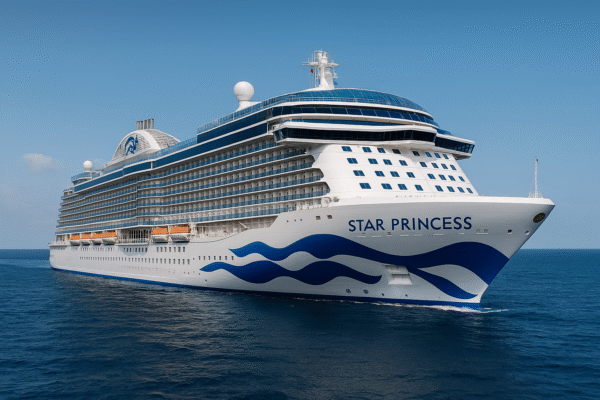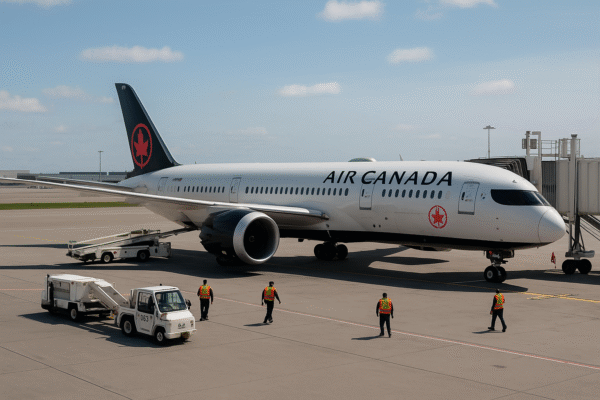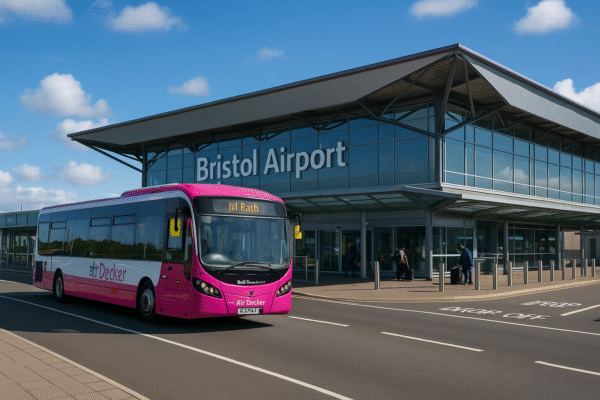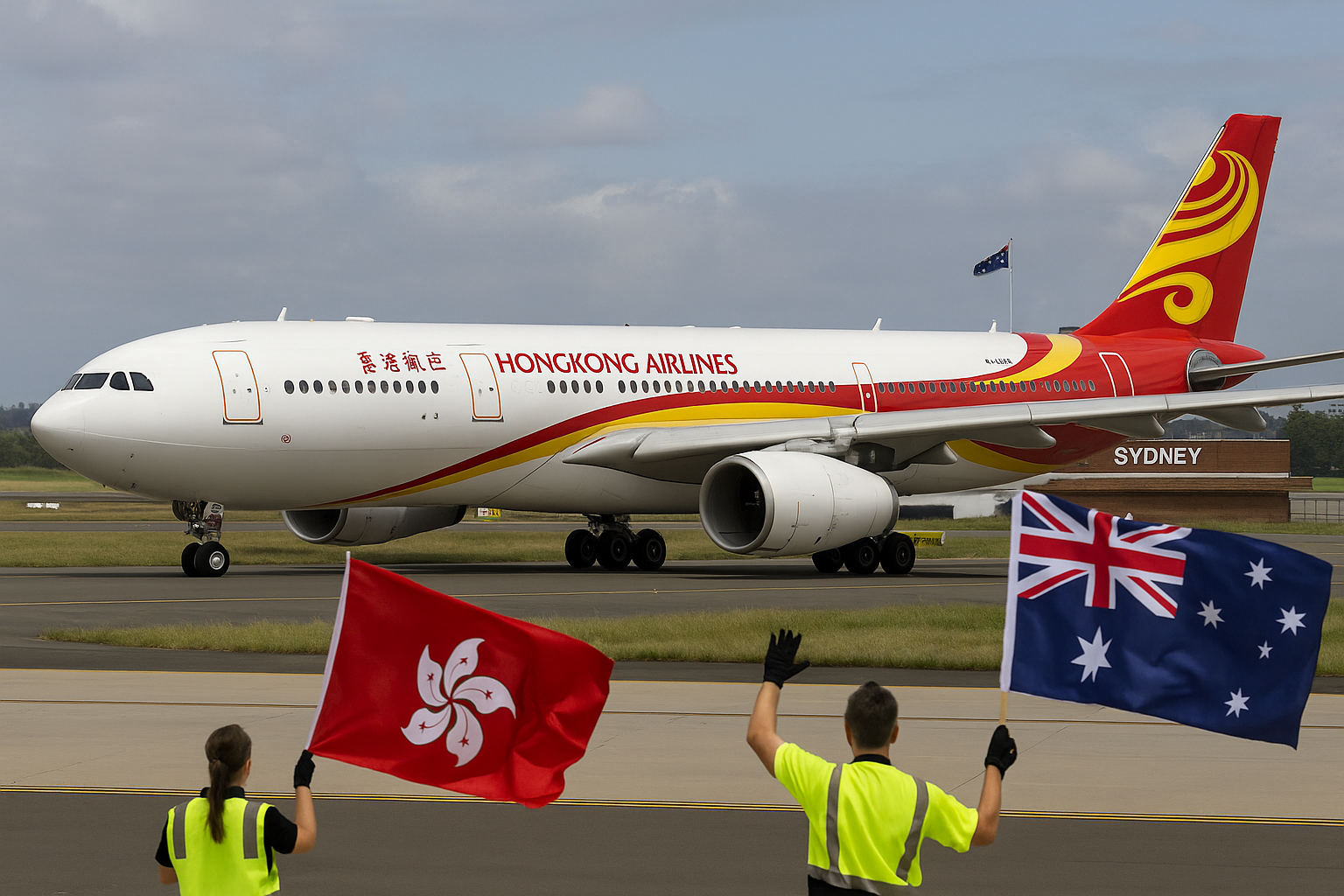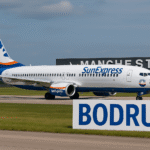Hong Kong Airlines Unveils Direct Sydney Route, Deepening Australia-Hong Kong Aviation and Tourism Ties
In a strategic move to boost regional air connectivity and revitalize international travel demand, Hong Kong Airlines has officially launched its new nonstop service between Hong Kong and Sydney. The debut of this long-haul route marks a significant milestone for both the carrier and the broader Asia-Pacific aviation landscape, as it reaffirms a shared commitment between Hong Kong and Australia to expand tourism, trade, and bilateral economic cooperation.
The inaugural flight, which departed earlier this week from Hong Kong International Airport (HKG) and touched down at Sydney Kingsford Smith Airport (SYD), was celebrated with fanfare at both airports. This development positions Hong Kong Airlines as the second homegrown carrier to operate flights on this high-demand corridor, underscoring its ambitions to transition from a regional operator to a global aviation contender.
Expanding Travel Options Between Asia and Oceania
This new route comes amid growing demand for flexible and direct travel options across the Asia-Pacific region. For business travelers, international students, leisure tourists, and the visiting friends and relatives (VFR) segment, the nonstop connection offers time-saving convenience and seamless transit opportunities.
The Sydney-Hong Kong route plays a vital role in linking two global metropolises, and Hong Kong Airlines’ entry enhances competition, bringing more affordable and convenient options for travelers. As the route connects to multiple long-haul destinations via Hong Kong, such as Vancouver, Tokyo, and Bali, it further strengthens Hong Kong’s role as a major regional transit hub.
Strengthening Bilateral Aviation and Economic Relations
This latest service is made possible by the updated bilateral air services agreement between the governments of Hong Kong and Australia. The expanded agreement grants greater traffic rights and capacity allowances, allowing airlines to increase frequency and improve flexibility for travelers.
Hong Kong Airlines’ strategic move not only taps into the post-pandemic travel rebound but also aligns with the long-term vision of both governments to deepen regional cooperation. According to Australia’s Department of Foreign Affairs and Trade, Hong Kong remains one of Australia’s most important trade and investment partners in Asia. The direct air link enhances people-to-people exchanges and supports sectors ranging from education and tourism to freight logistics and financial services.
Celebratory Launch at Both Airports
To commemorate the milestone, both departure and arrival airports hosted dual celebrations. At Hong Kong International Airport, passengers on the inaugural flight were greeted with souvenirs, music, and traditional festivities. In Sydney, the arrival was welcomed with a ribbon-cutting ceremony attended by representatives from the tourism, aviation, and diplomatic sectors.
This symbolic dual welcome underscored the broader importance of the new route beyond tourism—it reflects a vision for mutual economic growth, strengthened cultural ties, and increased regional mobility.
Premium Lounge Experience for Transit Passengers
Adding a special incentive, Hong Kong Airlines has rolled out a limited-time promotion for passengers flying between Sydney and onward destinations through Hong Kong. Between June 20 and October 31, 2025, eligible passengers will receive complimentary access to the airline’s flagship lounge, Club Autus, located at Hong Kong International Airport.
This premium lounge provides transit travelers with exclusive access to a tranquil space complete with gourmet dining, business facilities, and panoramic tarmac views. Destinations included in this offer span Asia and North America, such as Osaka, Tokyo, Sanya, Fukuoka, Haikou, Vancouver, and Shanghai.
The value-added service is designed to elevate the overall travel experience for long-haul passengers, especially those making longer connections through Hong Kong.
Route Expansion Reflects Long-Term Strategic Shift
The Sydney launch is part of Hong Kong Airlines’ broader post-pandemic recovery and growth strategy. The carrier has been steadily expanding its long-haul offerings to meet resurgent global demand while reinforcing its market positioning as a full-service airline.
With a blend of high-frequency short-haul and strategically selected long-haul routes, the airline is aligning its network with future travel trends. The addition of Sydney signifies not just a route enhancement, but a reaffirmation of its confidence in the resilience and dynamism of the Australia-Asia travel market.
Tourism Australia, the country’s national tourism body, has welcomed the move as a positive step in rebuilding international arrival numbers, particularly from Greater China. According to Tourism Research Australia, Chinese arrivals are expected to reach 1.2 million by 2026, and Hong Kong Airlines’ new route is well-positioned to capture this growth.
Reinforcing Hong Kong’s Global Aviation Status
This new route also serves a larger strategic purpose—reestablishing Hong Kong as a leading global air travel hub. After years of pandemic-induced restrictions, the city is regaining momentum as a key connector for passengers traveling between Australasia, North America, and the rest of Asia.
As international airlines resume or introduce routes via Hong Kong, the city’s aviation footprint continues to expand. Hong Kong International Airport, already one of the world’s busiest, is expected to see further traffic growth in 2025 and beyond, bolstered by government-supported infrastructure investments and enhanced airline partnerships.
Looking Ahead
The introduction of Hong Kong Airlines’ nonstop flights to Sydney signals more than a new air route—it reflects a deeper aviation partnership and a forward-looking vision for interconnected travel across the Asia-Pacific region.
As passenger demand rebounds and international travel resumes at full strength, Hong Kong Airlines’ latest venture not only boosts connectivity but strengthens economic bridges between two of the region’s most dynamic cities.
For more travel news like this, keep reading Global Travel Wire





